news and articles
Technical Articles
Croll Reynolds offers the unique and very complete list of insights and more information, which we are constantly updating. For engineers all over the world, this is a unique and highly valuable place to tap into.
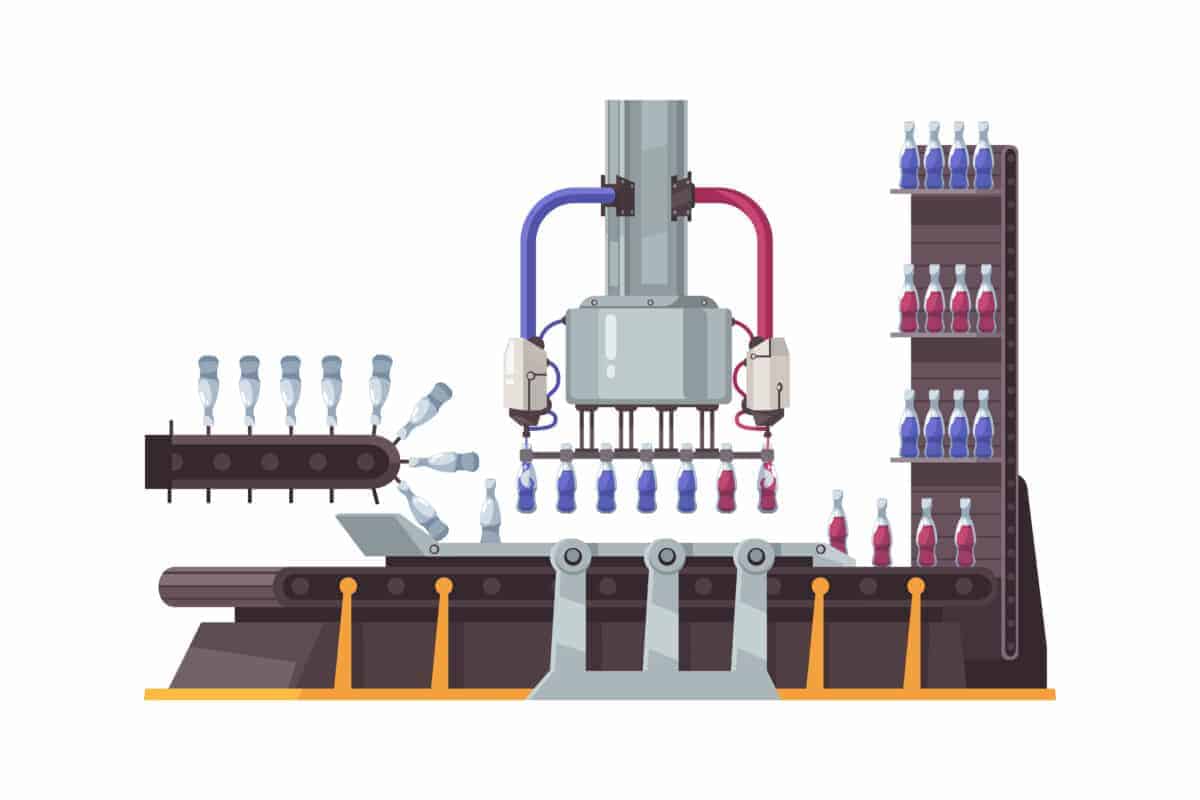
Understand the Working Principle of a Steam Ejector or Injector System
In this blog post, we will discuss what a steam ejector is, its components, the intricate details of the working principle, and its benefits. If you’re interested in learning more about the power of such machinery and technology then read on. We will cover:
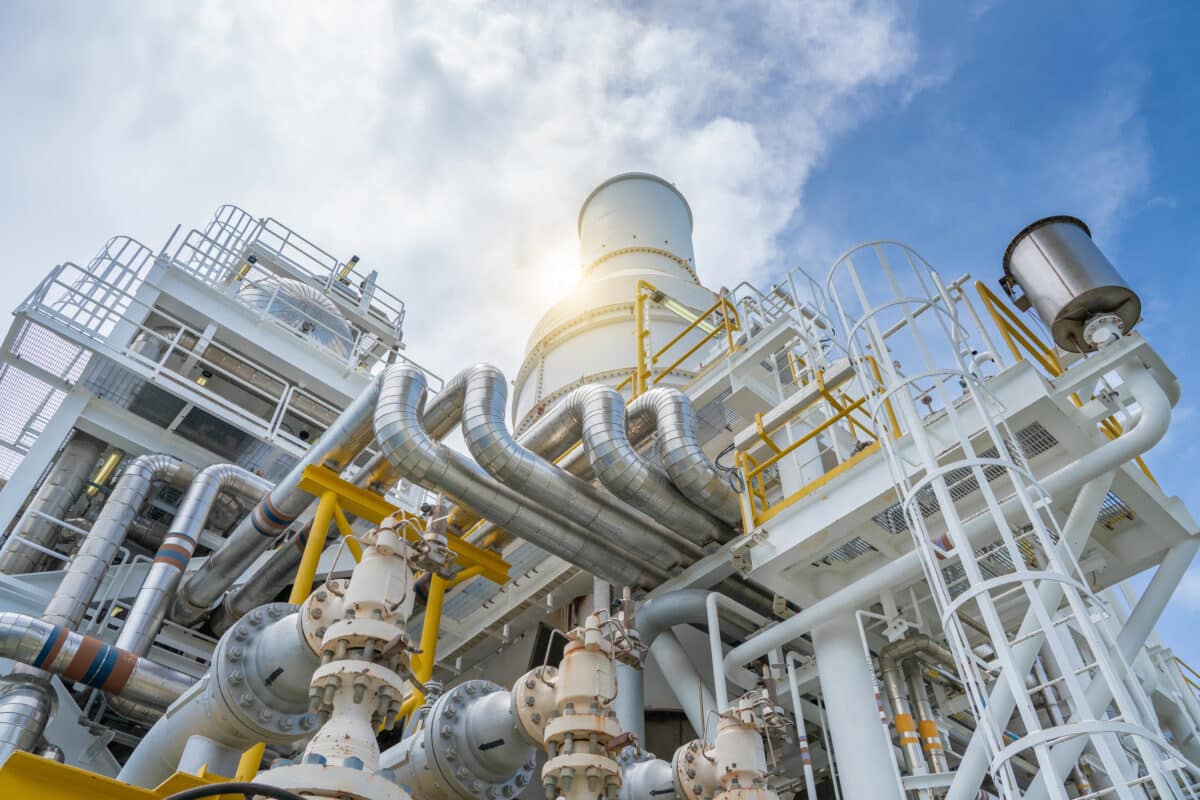
How Steam Ejectors Work: The Ultimate Guide
What is a steam ejector? How does it work? In this blog post, we will answer all of your questions about steam ejectors! We will discuss the function of an ejector, the parts that make it up, and how it creates a vacuum. By the end of this article, you will have a clear understanding of how these devices operate and why they are so important in industries across the globe.
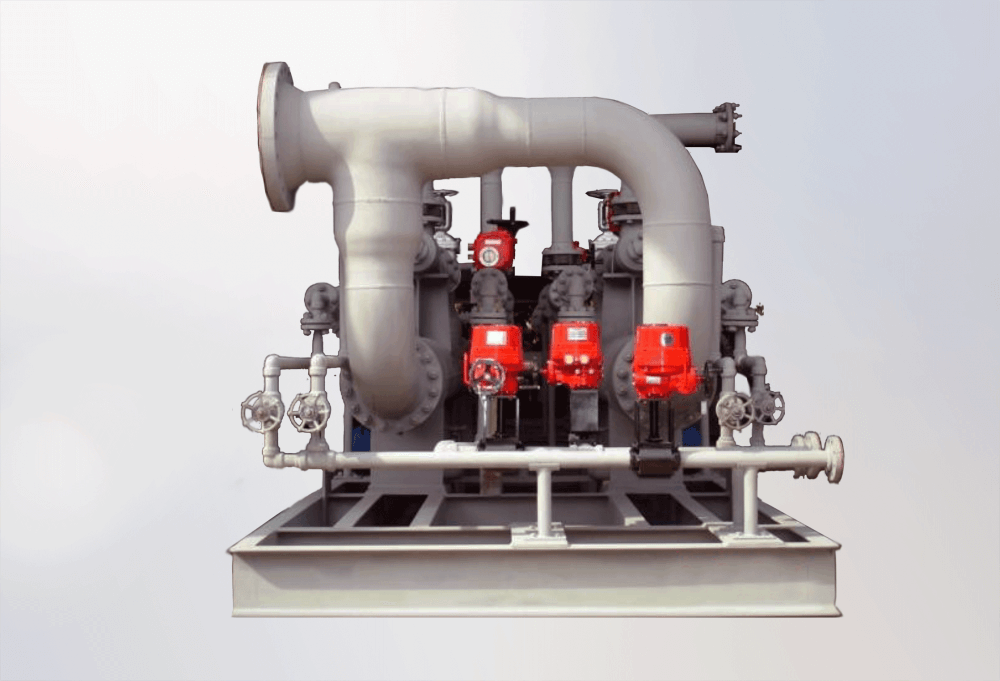
Exploring Why Steam is Preferable to Air as a Working Fluid in Ejectors
If you ask an engineer why they prefer to use steam rather than air as a working fluid in an ejector, the chances are they’ll say it’s because air is structurally weak compared to water. While that’s true, there’s another reason: steam is a much better heat conductor than air.

How does work an air ejector?
You probably don’t think about air ejectors very often, but they play a big role in many industries. From manufacturing to food processing, air ejectors are used to helping move materials around. But how do they work? Let’s take a closer look!
How Steam Ejectors Can Help Vacuum Degass Steel
In this blog, we will explore the use of steam ejectors for vacuum degassing of steel and discuss how steam ejector technology works along with its numerous benefits for manufacturers throughout various industries. Finally, we’ll provide some insight into what makes these machines incredibly reliable and necessary within production processes today.
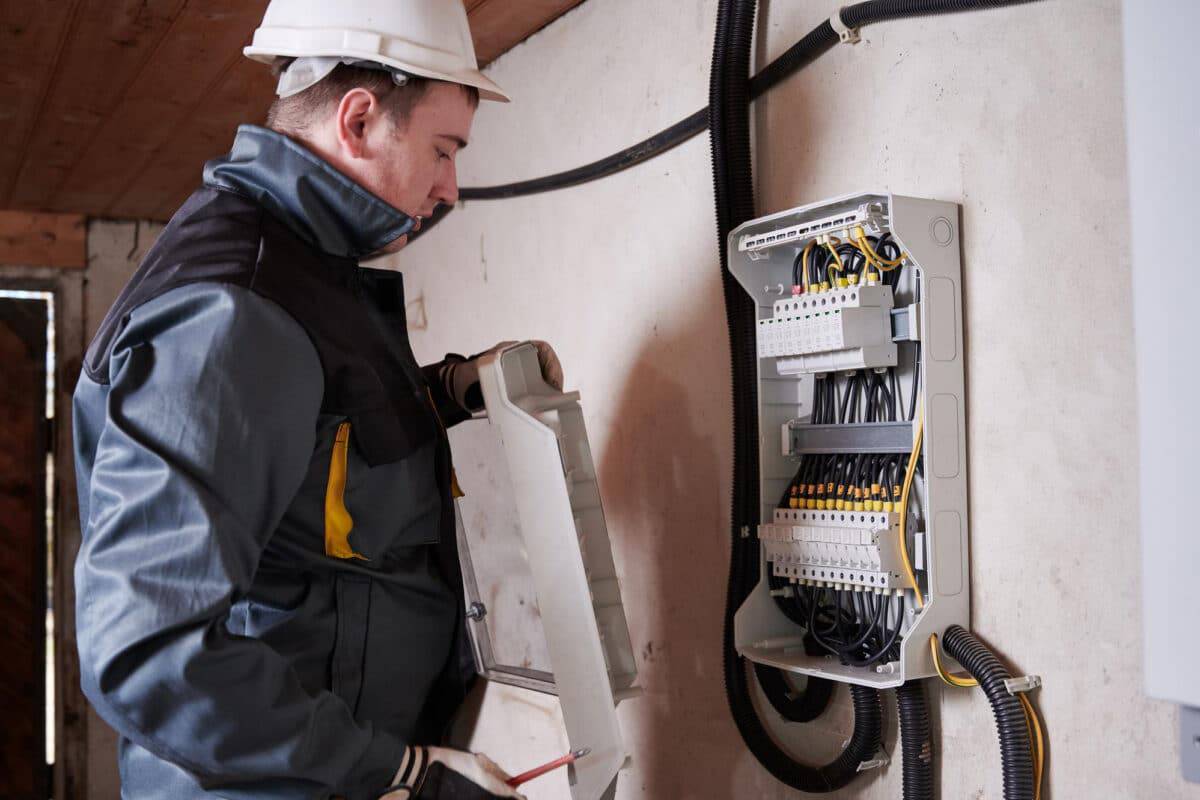
Understanding Flow Characteristics of a Low-Pressure Ejector Installation
Are you interested in learning more about low-pressure ejectors and their flow characteristics? This blog post explores the science behind how these systems operate to provide an exciting, useful look at an often-overlooked technology. We’ll cover how the ejector core works,

Understanding the Basics of Air Ejector, Pressure Switch and Level Switch
For a number of applications, air ejectors and level switches need to be regularly checked and maintained in order to provide optimal performance. This can be a tedious process but if the proper steps are taken, it will help ensure that the equipment is working efficiently and accurately.
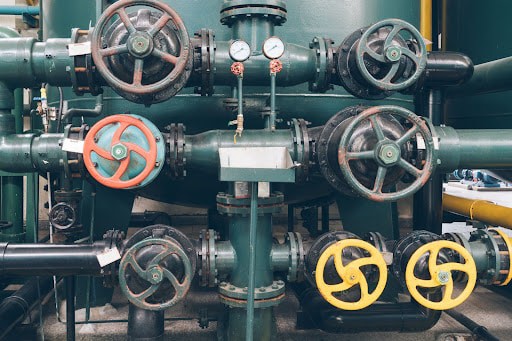
Why is important to test the vacuum ejectors in a refinery?
That’s why regular testing of vacuum ejectors is so important – and today, we’re going to tell you everything you need to know about why this is the case. So whether you’re new to the industry or have been working in refining for years, read on to find out more!
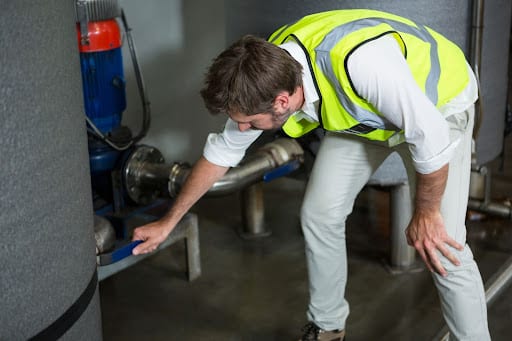
What is a Jet Condenser and How Does it Work?
A jet condenser is a type of heat exchanger that uses Gas-Jet Cooling. In this process, a high-velocity stream of compressed air or inert gas is used to cool hot fluids. Jet condensers are commonly used in power plants and chemical plants.

A quick maintenance guide for steam jet ejectors
Steam jet ejectors are widely used in a variety of industries for their efficient and versatile operation. However, like all mechanical equipment, they require regular maintenance to keep them running smoothly.

Troubleshooting Common Jet Vacuum Power Problems
If you have a Jet vacuum, you know that it’s a powerful little machine. But what do you do if it starts to lose suction power? Here are some troubleshooting tips to help you get your Jet vacuum back up and running at full strength.
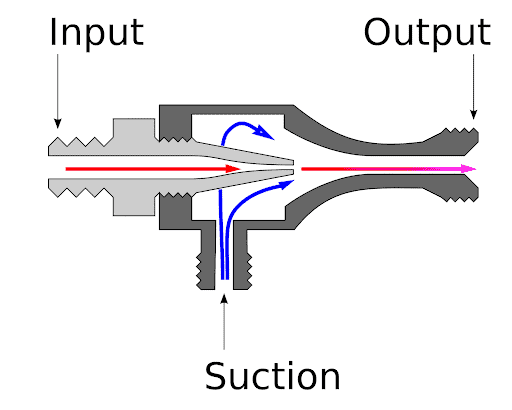
How does an eductor pump work?
Have you ever wondered how eductor pumps work? Industries use these pumps to move abrasive slurries, corrosive acids, and other dangerous liquids. But how do they work? Let’s take a look at the science behind eductor pumps.

How to Use Air Lift Pumps or Eductors for Fluid Handling?
Are you looking for a powerful and versatile fluid-handling solution? If so, you may want to consider using air lift pumps or eductors. These devices can be used for a variety of applications, including transferring liquids, mixing fluids, and moving solids.

How to Make an Air Ejector Design Calculation?
Designing an air ejector is not as complicated as one might think. By following a few simple steps, anyone can complete an air ejector design calculation. The key to success is understanding the physics behind the process and using that knowledge to determine the necessary inputs for your specific application. Let’s dive in and see how it’s done!

Top 8 Air Ejector Manufacturers and Suppliers in the Market
Air ejectors are used for a vast array of applications within industries – from separating materials to be recycled to drying wet products or cleaning surfaces.

Air Ejectors and their Importance on Liquid Ring Vacuum Pumps
Have you ever wondered how liquid ring vacuum pumps work? Well, wonder no more! In this blog post, we’ll take a closer look at the air ejector, one of the key components in a liquid ring vacuum pump. We’ll see how it works to create vacuums and how it’s used in industry.
